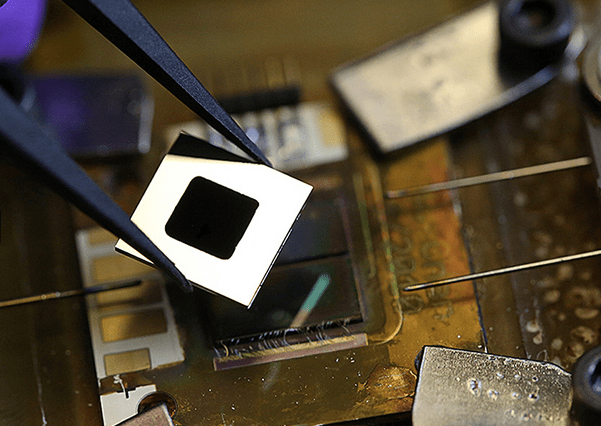MIT Developed Solar Powered Device Uses Both Heat And Light To Generate Power Efficiently
It has to be noted that a conventional silicon-based solar cell does not take advantage of all the photons. "That's because converting the energy of a photon into electricity requires that the photon's energy level match that of a characteristic of the photovoltaic (PV) material called a bandgap. Silicon's bandgap responds to many wavelengths of light, but misses many others," said Evelyn Wang, associate professor of mechanical engineering at MIT. Therefore, the team made the use of a two-layer absorber-emitter device developed out of carbon nanotubes and photonic crystals to be used between the sunlight and the PV cell. This intermediate material collects energy from a broad spectrum of sunlight, heating up in the process. When it heats up, as with a piece of iron that glows red hot, it emits light of a particular wavelength, which in this case is tuned to match the bandgap of the PV cell mounted nearby.

Here the design of the two-layer absorber-emitter material is key to this improvement. Its outer layer, facing the sunlight, is an array of multiwalled carbon nanotubes, which very efficiently absorbs the light's energy and turns it to heat. This layer is bonded tightly to a layer of a photonic crystal, which is precisely engineered so that when it is heated by the attached layer of nanotubes, it "glows" with light whose peak intensity is mostly above the bandgap of the adjacent PV, ensuring that most of the energy collected by the absorber is then turned into electricity.
Such a system, the team says, combines the advantages of solar photovoltaic systems, which turn sunlight directly into electricity, and solar thermal systems, which can have an advantage for delayed use because heat can be more easily stored than electricity. The new solar thermophotovoltaic systems, they say, could provide efficiency because of their broadband absorption of sunlight; scalability and compactness, because they are based on existing chip-manufacturing technology; and ease of energy storage, because of their reliance on heat.
Check out a video where MITMechE shares the process of tapping the Sun's full potential -
Source: #-Link-Snipped-#
